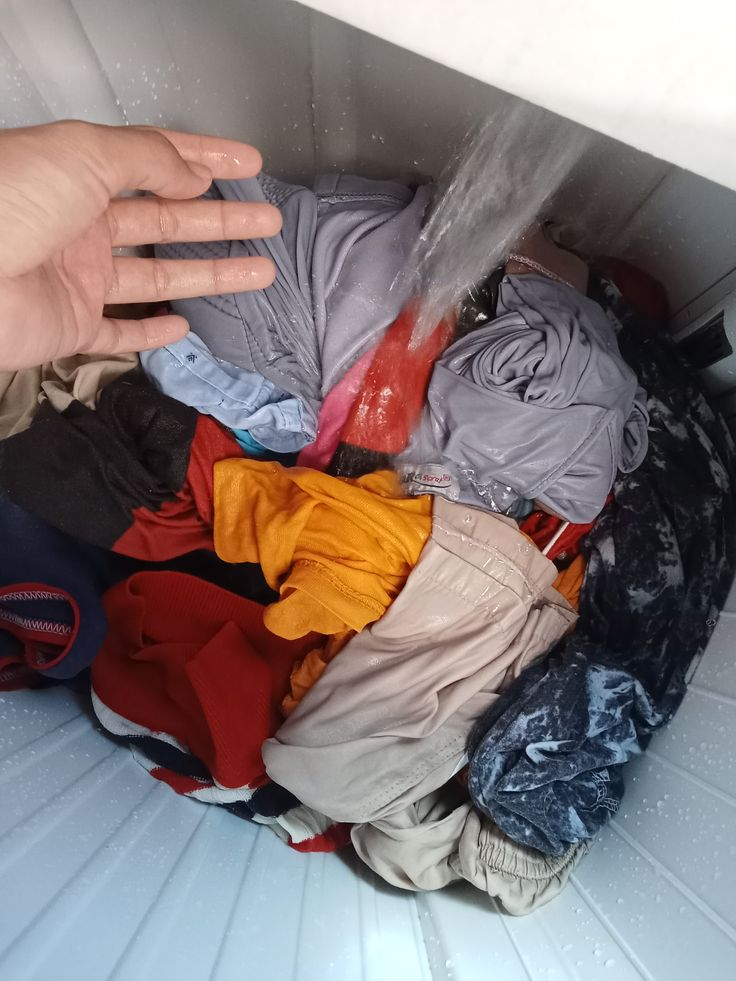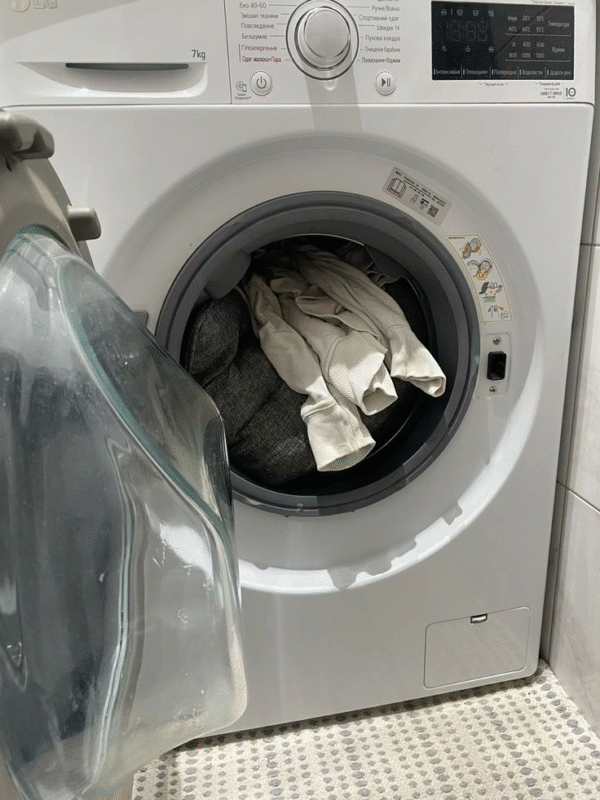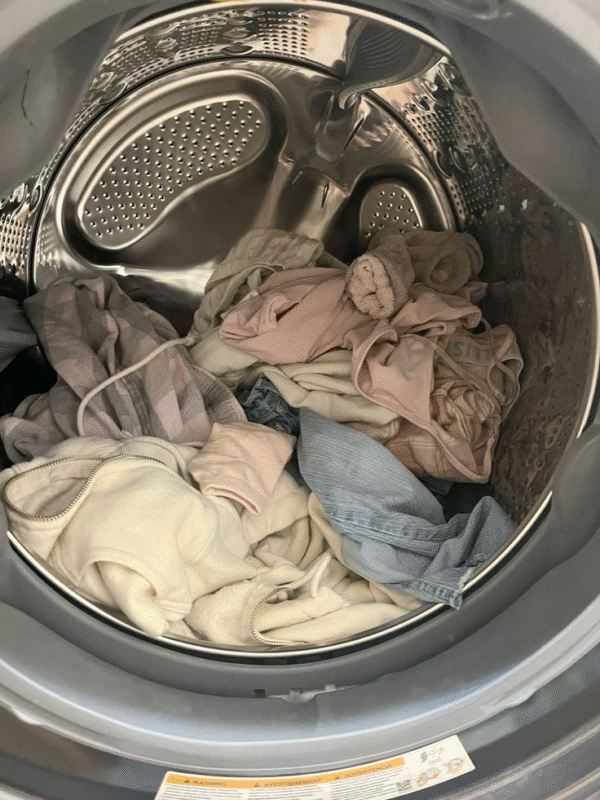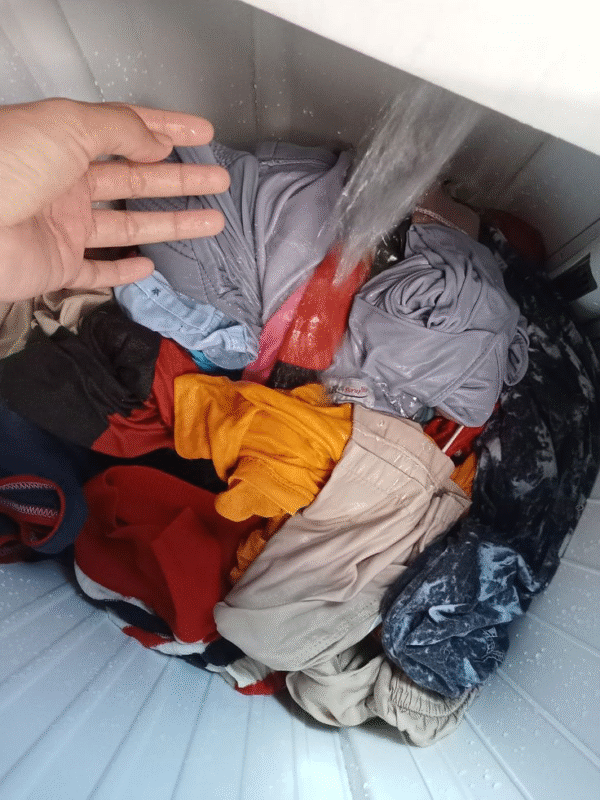Anti-winding design of washing machine

Creating a cozy summer home that serves as a peaceful retreat requires careful selection of appliances that enhance comfort without compromising on style or efficiency. At Appliances 4 Less Little Rock, we cater to residents in Little Rock, Benton, Conway, and Pine Bluff with an array of open box, scratch, and dented appliances that are perfect for elevating your summer living. Here’s our guide to the essential appliances for a cozy summer home.
In the fast-paced modern life, the washing machine has long become an indispensable household helper. However, when the washing process is over, open the door to see clothes knotted in the scene, still let many people headache. Clothing entanglement not only affects the effect of washing, accelerated fiber wear, drying and finishing become more time-consuming. Fortunately, with the continuous progress of science and technology, the anti-winding design of washing machines is innovating to solve this traditional problem and lead the washing experience into a new era.

(1)、Ydrodynamic design
1. multi-dimensional flow technology
The traditional washing machine has a single water flow mode, and the clothes are easy to form a fixed rotating track with the water flow, which leads to entanglement. Modern washing machines break this limitation with multi-dimensional water flow technology. For example, the rain-screen spray spray spray sprays water from multiple angles on the cylinder wall, forming a three-dimensional impact, which makes the clothing constantly change the direction of movement; the swirling water flow creates a dynamic vortex in the cylinder, and the clothing is subjected to the alternating action of centrifugal and centripetal forces, it is difficult to form a stable winding.
2. positive and negative reversals
More intelligent is the inversion of the alternating technology. The washing machine is no longer limited to a single direction of rotation, but through the precise control of the motor cylinder clockwise and counterclockwise rotation alternately. This rotation from left to right, as to the clothing to apply unwrapping force, in each direction switch, natural release has been formed around the winding, so that clothing remains scattered state.

(2)、Structure optimization of inner cylinder
As the core component of the washing machine, the design of the inner cylinder directly affects the motion trajectory of the clothes.
1. three-dimensional convex design
The three-dimensional convex inner cylinder increases the friction force between the clothing and the cylinder wall by arranging wavy, diamond-shaped or irregular convexes on the cylinder wall. As the garment rotates, these bumps act like numerous“Little fingers”, gently pushing away from the garment as it tries to get closer, effectively reducing the amount of cling.
2. sectional inner cylinder
The segmented inner cylinder optimizes space utilization through physical separation. For example, the double inner cylinder design allows the upper and lower layers of clothing to rotate at different speeds, or the washing area is divided by an adjustable partition, and the clothing is distributed to different floors, which naturally reduces the probability of collision and entanglement. This design not only improves the anti-winding effect, but also enhances the uniformity of washing.

(3)、Mechanical anti-winding device
There are also many clever mechanical anti-winding devices hidden inside the washing machine.
1. anti-winding rod
The anti-winding rod, a seemingly simple plastic rod, actually acts as an anti-winding messenger. It moves freely in the inner cylinder, and when the clothing attempts to wind, the anti-winding rod is suddenly inserted into the inner cylinder to break the winding trend with a physical barrier.
2. design of lifting bar
The design of the lifting rib is also full of ingenuity. Asymmetric convex or elastic material, so that clothing in the rolling constantly change the trajectory, as by the invisible hand dial disorder chess.
3. Removable strainer
The detachable filter screen is like a cleaner of the washing machine, timely interception of line debris and debris, to avoid the water flow is blocked caused by clothing sliding reduction, thereby indirectly reducing the winding.
(4)、Dehydration stage optimization
Dehydration is a high-risk time for clothing entanglements. The sudden acceleration of a conventional washing machine during dehydration can cause clothes to become tight and clumpy.
1. progressive dehydration
Like a patient tutor, modern washing machines adapt to centrifugal force by gradually dehydrating the clothes at low speeds, then gradually accelerating to high speeds. This step-by-step approach, effectively avoiding the clothes due to sudden stress and winding.
2. reverse dehydration technology
Reverse dehydration is even more clever. At the end of dehydration, the washing machine briefly reverses the rotation of the inner cylinder, loosening the formed tangle and allowing the garment to end the rotation in the most extended position.
3. imbalance correction
The unbalance correction system monitors the state of the inner cylinder in real time through sensors. Once the uneven distribution of clothing is found, the speed is adjusted or the operation is suspended to prevent secondary winding caused by severe vibration.

Conclusion
From the innovation of water flow dynamics, to the optimization of inner cylinder structure, to the clever application of mechanical anti-winding device, the anti-winding design of washing machine is using the power of science and technology to resolve the small troubles in life. With the development of science and technology, laundry has become an easier and more efficient daily chore. In the future, with the continuous breakthroughs in the fields of materials science and artificial intelligence, the anti-winding design of washing machines will usher in more innovations, bringing us a more intelligent and intimate washing experience.

